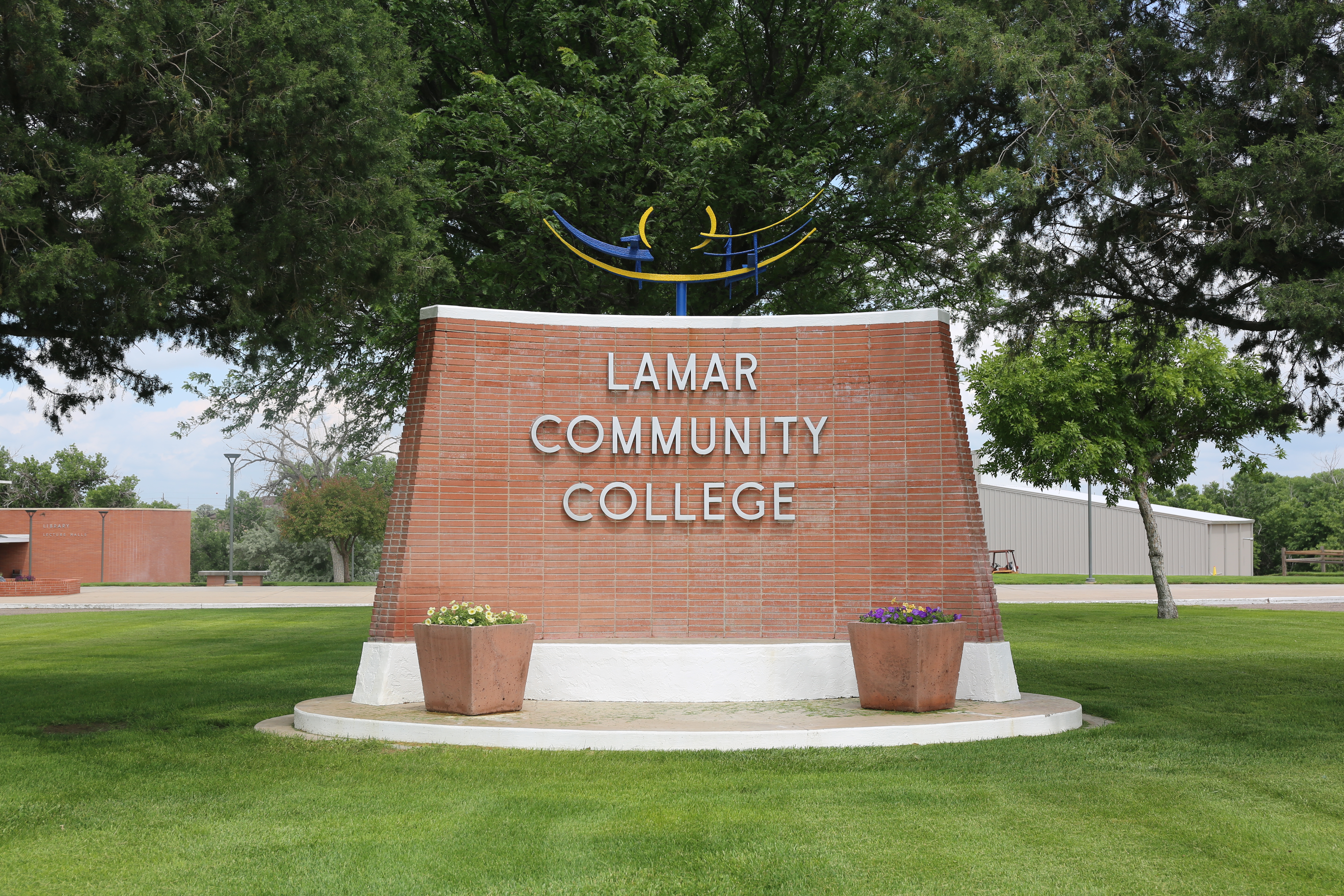By Lindsay Sandoval, Colorado Community College System
Original story published on the Community College Daily website.
A new year means a new start, and many are heading back to campus with a long list of resolutions. While it’s tempting to set lofty goals, experts have found that focusing on small, realistic changes can make the biggest impact. This is good news for community college leaders, who are often faced with great expectations and limited resources. By prioritizing the strategies below, you can level up your college’s marketing and communications presence while empowering your teams to do their best work. Here are four resolutions to get rolling.
Resolution 1: Give marketing and communications a seat at the table
Communications and marketing professionals often feel like Aaron Burr’s character in Hamilton, who sings, “I wanna be in the room where it happens.” Without the context behind major decisions or developments, it’s difficult to explain them to the public or respond quickly in crisis situations. Giving your PR team a seat at the table is crucial in today’s fast-paced media environment.
At the Colorado Community College System (CCCS), for example, the chief communications officer, Fiona Lytle, sits on the executive leadership team led by Chancellor Joe Garcia. This has been a game-changer for the team. It quickly gets ahead of negative stories and spots positive ones to turn into blog posts, press releases and media pitches. Because the team is attuned to publidfc perceptions, it also advises leaders on the potential external impacts and how to manage them effectively through messaging and framing. Proactive planning upfront can save you from PR headaches in the long run.
If your marketing and communications leaders have been watching from the sidelines, now’s the time to bring them into the action. You’ll notice an immediate impact on the quantity and quality of your college’s storytelling.
Resolution 2: Share the microphone
Another way to boost your communications work? Share the microphone. Whether it’s a passionate faculty member, a charismatic financial aid advisor or a bubbly student ambassador, there are plenty of potential spokespeople already active on campus. Why not recruit them to tell the college’s story?
Of course, you’ll need to prep them first. Partner with your “marcomm” team to host a media training that covers the basics of interviewing, especially on camera. Then, find some low-risk opportunities where they can practice. Paid media spots are great for media newbies because you write the questions, the interviewee can run through answers ahead of time without worrying about “gotchas.” Interviews with college newspapers, community blogs and even campus videos are all good prep for the real deal — just be sure to give your spokespeople detailed feedback and encouragement.
This strategy is working well for CCCS. The system has featured vice chancellors and associate vice chancellors in more than half of its interview opportunities, earning about 100 high-quality mentions this year alone. It has also passed reporters along to campus experts, who have contributed to dozens of features on food security, short-term credentials and other emerging topics in higher education.
Expanding your media roster automatically diversifies your coverage and gives your PR team more options when you are busy. Plus, gifting a media spot to a colleague boosts their morale and shines a light on their accomplishments. Win-win!
Resolution 3: Make a new friend
Speaking of media, you can also resolve to meet a new reporter in 2023. Ask your PR team to identify journalists who are new to town or cover your college occasionally. Take some time to read their recent work. What kinds of stories do they like to write? Do they tend to focus on people or just the facts? Do they branch out from their beat or stick to similar topics? A health reporter, for instance, might not be interested in a straight education story, but they may see value in covering recent nursing graduates.
Once you have a sense of their reporting instincts, invite them for coffee or a campus tour. Pitch them stories that align with their interests, even if they don’t involve your college directly. Although you might not see media hits right away, you’ll position yourself as a friendly, dependable source. In journalism, trust is the most valuable currency, and your investment will pay off in the long run.
Resolution 4: Get social
Despite the recent headlines, social media is still an effective tool for reaching students. As top brand ambassadors, college leaders and administrators should challenge themselves to engage more on social media, especially video-based platforms like TikTok.
It’s OK to start small — in fact, Gen Z and Millennials prefer more homespun content, anyway, according to a recent poll conducted by Meta. Ninety percent of respondents said they preferred videos that featured flaws and imperfections; and self-recorded, mobile-shot videos garnered more views 84% of the time compared to studio-shot videos.
Leverage this trend to your advantage. Next time you stop at a college sports event, for example, snap a 15-second video wishing the team good luck. Record a quick conversation with the student barista at your campus’ coffee shop. If you need some guidance, follow Mordecai Brownlee, president of Community College of Aurora. He’s an expert at coming up with this kind of organic content that reinforces his brand as an approachable, caring and student-focused leader. By embracing a little risk, you can reap the rewards of a more connected, engaged audience.
Key to success
Whether it’s attracting more students or earning more funding, community colleges need strong communications and marketing more than ever — and we need the backing of leaders and administrators. Working together, we can tell powerful stories, build strong media relationships, and ultimately rewrite what it means to go to college. That’s a resolution worth sticking to.
This article is part of a monthly series provided by the National Council for Marketing & Public Relations (NCMPR), an affiliated council of the American Association of Community Colleges.


